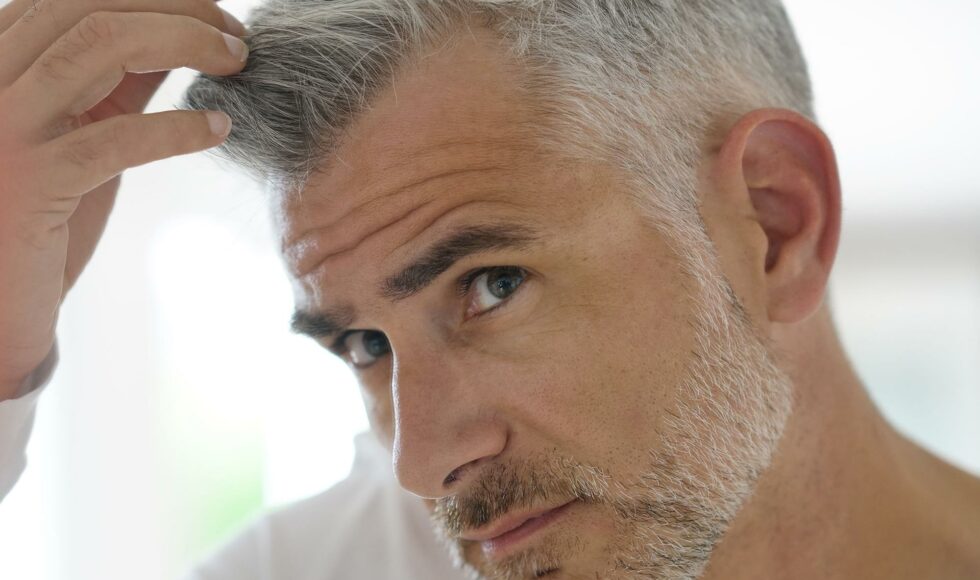Many individuals encounter grey hair and feel uneasy about it, thus seeking to enhance their appearance through aesthetic treatments. By the age of 50, it’s estimated that 50% of people have half of their hair turned grey. When someone faces alopecia issues, a viable and long-lasting solution often involves a hair transplant, a widely practiced...
Biotin, a vitamin found in certain foods, is also commonly taken as a supplement in tablet form, which benefits not only hair but also nails. The market is flooded with specialized hair care products. From classic anti-hair loss shampoos to serums that block the DHT hormone, the extensive catalog can be overwhelming. However, dietary supplements...
Hair loss can be attributed to a variety of factors. Many individuals worldwide are taken aback when they confront their reflection and ponder, “Why am I experiencing hair loss?” This initial reaction often precedes a quest for a lasting and effective remedy. For instance, a common inquiry arises: Why do men experience hair loss? The...
What advantages does engaging in sports offer for maintaining healthy hair? While we commonly acknowledge the positive effects of sports on our overall health and physique, the impact on hair often remains a lesser-discussed topic. Many individuals prioritize maintaining healthy hair and may even inquire about the costs associated with hair implants if the need...
What is the best food for hair loss? What diet for hair loss can I follow? These questions are common among our patients thinking of getting a transplant with FUE in turkey Reasons of hair fallout are different for men and women; the main reason in men is the genetic condition, and then stress, age, illnesses, medications and lifestyle;...
Does air pollution cause hair loss? Actually, the relation between pollution and hair loss has not always been clear. The presence of polluting particles in the air has been clearly related to respiratory diseasessuch as asthma or allergies, and of course it may cause several types of cancer; however, until recent times its effects on skin and...







